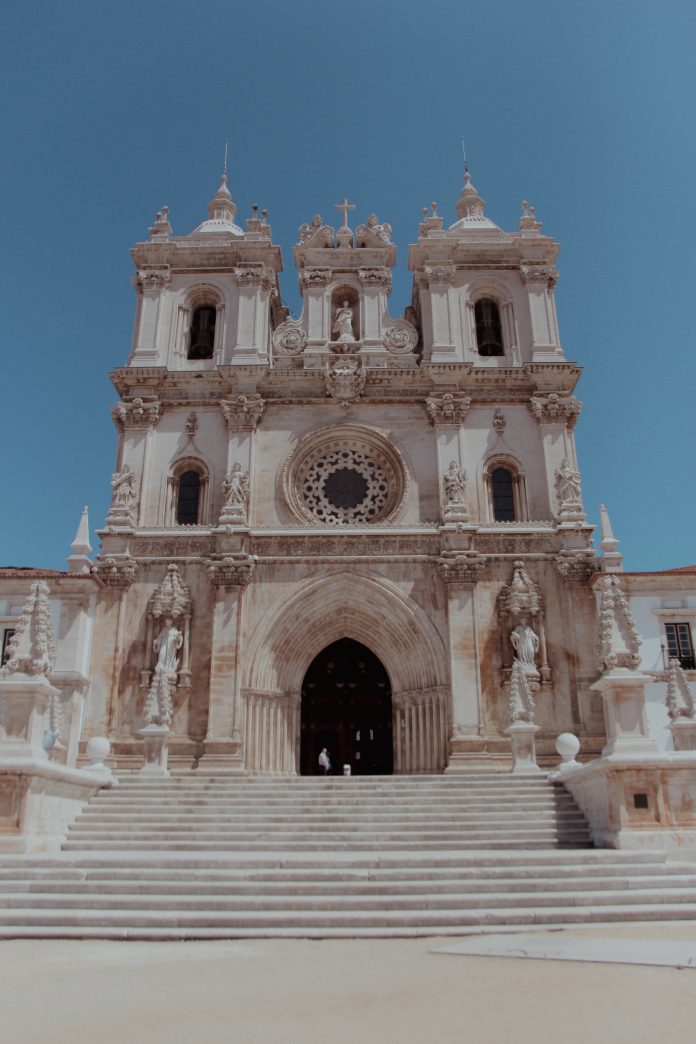In the charming town of Alcobaça, stands an incredibly important piece of history called the Monastery of Alcobaça. For more than eight hundred years, the Monastery of Alcobaça has stood as a symbol of Portugal’s history. When you step inside, you’re invited on a journey to explore and learn about the monastery’s rich heritage. Let’s take a look at the history behind the Monastery of Alcobaça, its architecture, and what you can expect when visiting.
History
This magnificent building has been standing for more than eight hundred years and has witnessed many significant events in the country’s past.
The monastery’s story began in the 12th century when Portugal was still a young nation. The first Portuguese king, Afonso Henriques, founded it in 1153 to celebrate his victory over the Moors. But it was during the reign of King Afonso II and Queen Urraca that the monastery truly thrived.
The Monastery of Alcobaça became a symbol of power and wealth, attracting noble families who wanted to gain favor with the monarchy. It also became a place of solace for devoted monks who spent their lives praying and contemplating within its sacred walls.
Throughout the centuries, the monastery faced many challenges, such as earthquakes and political changes. However, it remained strong and adapted to the changing times. Today, it not only represents Portugal’s rich history but is also recognized as a UNESCO World Heritage site.
Architecture
The Monastery of Alcobaça has a special kind of architecture that combines Gothic and Manueline styles. It looks really impressive with its large size and detailed designs. When you get close to the monastery, its grand front dominates the view.
The main entrance is beautiful, with sculptures and fancy decorations. It welcomes visitors into a world of magnificent architecture. Inside, you’ll be captivated by the high, arched ceilings, thin columns, and a feeling of peacefulness that brings tranquility to the place.
One of the most interesting things about the monastery is the Royal Pantheon, where the tombs of King Pedro I and his lover, Inês de Castro, are found. The tombs are grand and made of white marble, showing the enduring power of their love. It reminds us of the tragic love story that took place in this special location.
The monastery complex also includes a peaceful courtyard called a cloister. It has beautiful gardens and delicate fountains. Long ago, the monks came here to find comfort and spend time thinking deeply. Even today, visitors can experience a sense of calm and serenity in this enchanting space.
Visiting Times & Tickets
Tickets to visit the Monastery cost €6. However, we recommend a ticket that includes the Convent of Christ and Batalha Monastery as well which costs €15. Students and seniors get a 50% discount.


